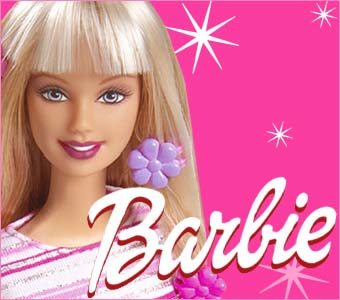Floating Trash
One man’s trash is another man’s treasure, right? In Taiwan, the answer is yes: a company there called Miniwiz Sustainable Energy Development Ltd has created a boat out of trash. It’s called the Polli-boat, and it’s made up of everything from plastic bottles to old advertising banners. The flotation system uses interlocking plastic bricks that lock together with enough force to hold up under the pressure of sailing. It even has solar panels that help power the boat when there’s no wind!
Kill a camel, cut pollution
Some Australians came up with a weird idea: Their country could award carbon credits for killing feral camels as a way to tackle climate change. Honestly! The suggestion is included in Canberra’s “Carbon Farming Initiative”, a consultation paper by the Department of Climate Change and Energy Efficiency.
Northwest Carbon, a commercial company, proposed culling some 1.2 million wild camels that live the Outback. The animals are considered a pest due to the damage they do to vegetation. Plus: One camel produces, on average, a methane equivalent to one tonne of carbon dioxide a year, that makes them (all together) one of Australia’s major emitters of greenhouse gases.
The idea is among some other that had been accepted for discussion by the government, which is seeking to “provide new economic opportunities for farmers, forest growers and landholders” if they come up with ways to cut emissions. Legislation for the “Carbon Farming Initiative” is set to go before parliament next week. What the …?!
GLOBAL IDEAS design package nominated

picture by german design council
We already knew that the GLOBAL IDEAS design is beautiful. Our team did a great job on everything, the logos, that you can see on our website, the blog, twitter or on facebook. And also on the opening sequences of each of our tv-reports. Well, those talents have to be honored. The great thing is that our team has been nominated for the “Designpreis Deutschland 2012” by the German Design Council. And that is pretty huge. -> http://bit.ly/k0CnC8
Barbie the Destroyer?

Barbie might seem like a harmless toy to many, but according to Greenpeace, she’s one of the driving forces behind the destruction of Indonesia’s rich forest life and unique natural habitats. The environmental organization is blasting Mattel, the makers of Barbie, for packaging Ken and Barbie dolls in boxes made by a company called Asia Pulp and Paper (APP). Greenpeace says APP is recklessly destroying Indonesia’s forests just so it can continue pumping out packaging products, and it’s putting endangered species like the Sumatran tiger at risk, too. APP has denied those accusations.
Bustar Maitar from Greenpeace Indonesia said “Mattel, which makes Barbie, must stop wrapping the world’s most famous toy in rainforest destruction.”
BTW, according to the Greenpeace Campaign, Ken is not amused: 😉
What do you think? Do companies like Mattel have a responsibility to choose green-friendly producers for their own toys?
Madagascar’s New Species

For scientists looking to discover new species, Madagascar is the treasure trove: according to a new World Wildlife Fund study, scientists have found more than 600 new types of plant and animal life in the last decade alone! Why is Madagascar such a breeding ground for diverse creatures? The island is pretty isolated, and it’s stayed that way for centuries. Plus, the landscape is varied: there’s mountains, rainforest, and everything in between.
Researchers have discovered everything from the 10 cm-long Berthe’s mouse lemur to the “Glam Rock” chameleon in the picture above. National Geographic has some great shots of the new species, from tiny and furry to scaly and thorny.
But the report is also a reminder that some of these very special – and unique – creatures are under threat due to climate change and the practice of clearing forests in Madagascar for wood and other natural resources.
The WWF says the only way to protect all those species is for the locals themselves to get involved.









Feedback